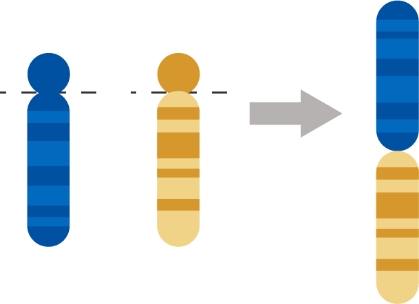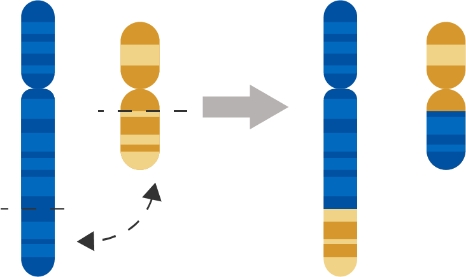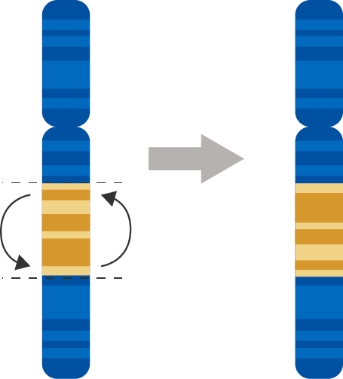Help Line
044 - 43539444Detecting Chromosome Rearrangements with PGT-SR
PGT-SR is a genetic test specifically aimed at increasing the possibility of a successful pregnancy by detecting inherited chromosomal rearrangements.
Found within the nucleus of our cells, chromosomes are structures that determine our genetic makeup. Chromosomal rearrangement implies a change from the normal structure of chromosomes. Those with structural rearrangements are more likely to produce embryos without the correct amount of genetic material. In such individuals, the chances of a pregnancy loss is considerably high.
In cases where chromosomal rearrangements are suspected, PGT-SR or preimplantation genetic testing for chromosomal structural rearrangements is recommended. Formerly known as PGD, preimplantation genetic diagnosis, PGT-SR involves testing and transferring only normal embryos produced via IVF (In-Vitro fertilization). Thus the chances of a healthy pregnancy become higher.
It is believed that chromosome rearrangements are hereditary. However, it can also happen spontaneously. In fact, many carriers of chromosome rearrangements are completely unaware of their status until the time they try to have children. In such circumstances, PGT-SR comes as a life saviour to help identify healthy embryos that further develop into healthy babies.
At Anderson, we test for three primary types of chromosome rearrangements which include inversions, Robertsonian translocations and reciprocal translocations. Let us look at each of them individually to understand the conditions better.


